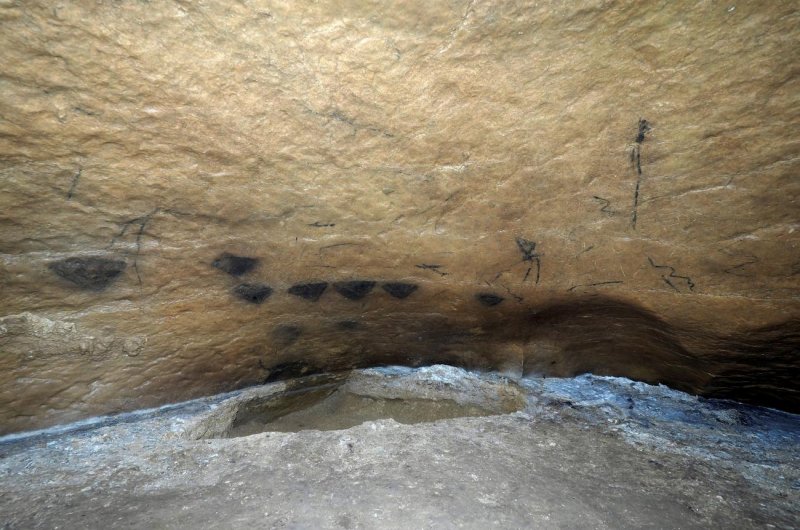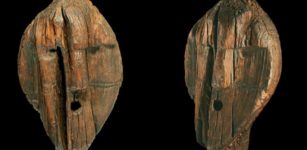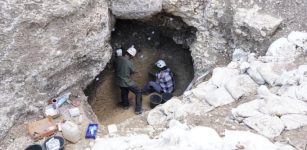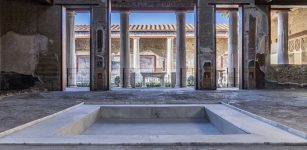Cave Art In ‘Painting Room’ – At Ojo Guareña (Burgos) Is Over 12,000 Years Old
Conny Waters - AncientPages.com - A team led by Ana Isabel Ortega Martínez, an archaeologist at the CENIEH (Centro Nacional de Investigación sobre la Evolución Humana), has recently confirmed that the cave art in the Sala de las Pinturas at Ojo Guareña (Burgos), one of the largest cavities in the world covering some 110 km, was frequented by human groups over 12,000 years.
 Sala de las Pinturas in Ojo Guareña (Burgos)/M.A. Martín-Merino
Sala de las Pinturas in Ojo Guareña (Burgos)/M.A. Martín-Merino
By applying Accelerator Mass Spectrometry (AMS), the researchers were able to corroborate that the black paintings in the Sala de las Pinturas were made during the final stages of Europe's last hunter-gatherer groups, some 13,000 years ago.
From then and until 1,000 years ago, there was ongoing human presence in the space over at least five phases, from the final hunter-gatherers in the Upper Paleolithic until the High Middle Ages, and including the Neolithic, Chalcolithic and Bronze Age, three periods linked to the development of the earliest productive (agricultural) and metallurgical societies.
The dating was conducted on small fragments of plant charcoal related to illuminating the interior of the cavity, either in torches or fixed lights on the ground, and the creation of animal figures and signs on the walls, where the charcoal was used as a “pencil” for sketching.
“The evidence that decorated caves are spaces that were used repeatedly adds a new dimension to the study of Paleolithic art focusing on its reuse after creation”, says Marcos García Diez, of the Universidad Complutense de Madrid (UCM), co-author of this work.
Repeated visits by human groups implied speleological exploration of the underground space, with even climbing techniques being necessary, and it entailed the reuse of symbols by human groups with a later, and different, economic and symbolic tradition. Indeed, the last groups actually Christianized the place, marking the symbols now considered to be pagan.
The frequenting and use of caves for symbolic purposes is documented throughout history, which implies a human conduct maintained over time that considers cavities as places of symbolic significance, possibly linked to spiritual and/or ideological actions.
“The records of the presence of different human groups in the Sala de las Pinturas over time poses both new and old challenges about the use and perception of the space. Visits which suggest respect for the place and its artistic manifestations, symbols which to a certain extent represent the appropriation and transformation of the subterranean landscape”, states Ortega.
Written by Conny Waters - AncientPages.com Staff Writer




















